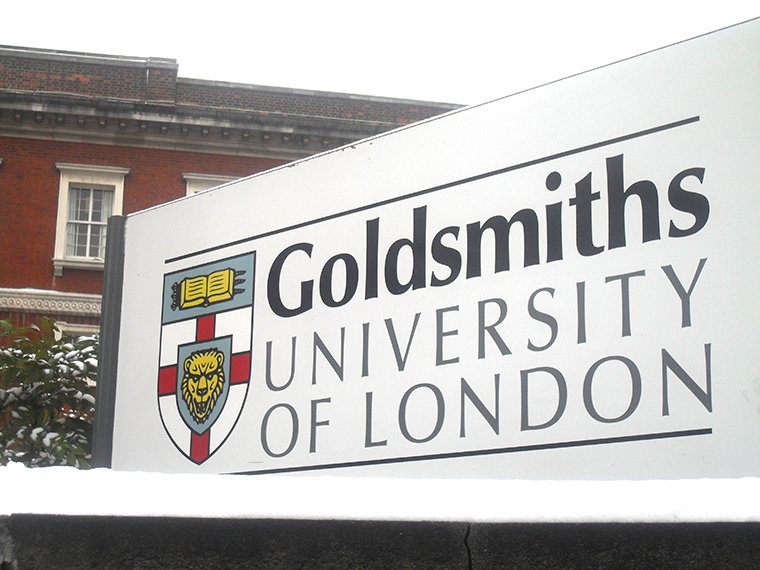How To Use Knowledge Graph to Optimize Your Search ?
Over the first part of this article, I have defined what is semantic search and explained the concept of the knowledge graph. The Knowledge Graph is a knowledge base used by Google to enhance its search engine’s search results with semantic-search information gathered from a wide variety of sources. It has been so successful that it now “covers 570 million entities, 18 billion facts and connections, and about three times as many queries globally as when we first launched it”, as Google´s Search Senior Product Manager Aaron Brown proudly said.
It is a fact that we are moving increasingly into a new way of doing search, entitled the semantic search, and that old ways of optimizing search for specific keywords, are beginning to fail to work as they used to.
As you may have already noticed, the knowledge graph, is becoming increasingly visible when searching. It is therefore important for businesses to begin thinking of ways to trigger their Google Knowledge Graph.
How To Get a Knowledge Graph to Your Business ?
First and foremost, businesses should focus on building a brand name rather than going after a specific keyword phrase. The Panda, Penguin and Hummingbird algorithm changes have already pointed out these clearly.
It is also important for brands and businesses to get their Google+ brand page for your business, and get this verified. Another important aspect is to become as active as possible in Google+, by posting interesting content regularly, at least 3 to 5 times a week. Beware that you have to be active interacting on Google+ for several months until you trigger your knowledge graph. If you do so, your Google+ Local Photo, Map and Google+ posts will show up on the front page of Google search, which will be the first step to trigger the knowledge graph.
But there are other strategies that can be used. One is to have a Wikipedia entry for your brand that is complete and up to date. Another, is to open an entry about your business in freebase.
How to get the knowledge graph.IntelligenthqWhat is Freebase ?
Freebase, that used to be called Metaweb, is the most used source that supplies the knowledge graph. Freebase was bought by Google in 2010 and it is the main provider of information to the knowledge graph. Freebase is an open-source semantic database that holds an archive of over 570 million of the most searched-for people, places and things (entities), including around 18 billion cross-references. Anyone with a Gmail account can log into freebase. It is worth a try as there, you will have a quite impressive demonstration of what is a semantic search engine with structured data and how it can help you as anyone can contribute to it.
If you index your business in the database of freebase you might be able to trigger the knowledge graph. The procedure is slightly complicated, but you can follow the information provided in this guide to learn how to index your business in Google’s Freebase.
Impact of The Knowledge Graph
As Janet Driscoll Miller wrote in an interesting article, the Google Knowledge Graph is not only impacting your SEO, but can also potentially impact your content strategy — or even your entire revenue model. This is particularly important to the ones working with publishing, as they will have to adjust their content strategy and find new ways to work with the Knowledge Graph.
Even though the Knowledge Graph is extremely helpful for searchers, helping them find information faster, getting all the information they need instantly in search results may lead to less clicks to the websites in the SERPs. So if the content strategy of your website has been centered around answering questions, you might get much less clicks, as such question can be answered directly by Google. You will need to rethink your content strategy, as old SEO tricks, will no longer be of any use.
As David Master says, writing for Social Caffeine: “Knowledge Graphs are designed to benefit Google users, rather than brands. That said, Knowledge Graphs will make the strongest, most-loved and most-engaged brands rise to the top of search results.”
Janet Driscoll Miller mentions that there is currently one type of content that is not appearing in Knowledge Graph video. To invest in video content, when well-optimized, can be as well a good strategy to approach the eventual damage that the knowledge graph will bring to your business.
Conclusion
Over this guide to the knowledge graph, we reviewed the latest changes happening in SEO. We defined what is knowledge graph, what is semantic search and how these impact the SEO of your business. We offered some tips on ways to trigger your knowledge graph, and reviewed the impact semantic search will have on your SEO strategy, offering some solutions on how to adjust to the new situation.
Guide to Knowledge Graph (Part 1)

Maria Fonseca is the Editor and Infographic Artist for IntelligentHQ. She is also a thought leader writing about social innovation, sharing economy, social business, and the commons. Aside her work for IntelligentHQ, Maria Fonseca is a visual artist and filmmaker that has exhibited widely in international events such as Manifesta 5, Sao Paulo Biennial, Photo Espana, Moderna Museet in Stockholm, Joshibi University and many others. She concluded her PhD on essayistic filmmaking , taken at University of Westminster in London and is preparing her post doc that will explore the links between creativity and the sharing economy.




























